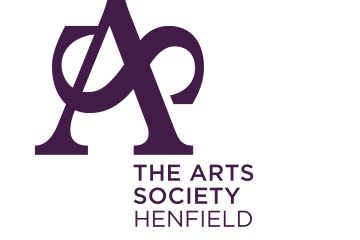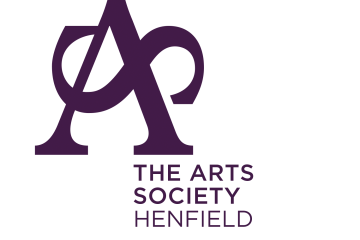What are the differences between western and mokuhanga techniques?
Woodblock printing in Japan is a technique best known for its use in the ukiyo-e artistic genre of single sheets, but it was also used for printing books in the same period. Widely adopted in Japan during the Edo period (1603–1868) and similar to woodcut in Western printmaking in some regards, the mokuhanga technique differs in that it uses water-based inks, as opposed to western woodcut, which typically uses oil-based inks. The Japanese water-based inks provide a wide range of vivid colors, glazes, and transparency.
THE ARTS SOCIETY ACCREDITED LECTURER

Ms Carol Wilhide Justin
Carol Wilhide Justin is an artist-printmaker who specialises in Japanese woodcut.
In 2014 Carol was awarded a residency at the MI-LAB studio, Fujikawaguchiko, Japan, where she was taught the mokuhanga technique by Japanese sensei. She graduated from the Royal College of Art in 2017 with an MA in Print.
She has exhibited in a number of independent shows and larger mixed exhibitions such as the Royal Academy Summer Exhibition, the Woolwich Contemporary Print Fair and Bankside Gallery. Her work is held in private and public collections including Clifford Chance and the V&A.
She also teaches Japanese Woodcut at Morley College, the City Literary Institute and the Art Academy.
OTHER EVENTS
Our annual Christmas lunch
God bless us everyone, so said Dickens (Tiny Tim) in "A Christmas Carol."





